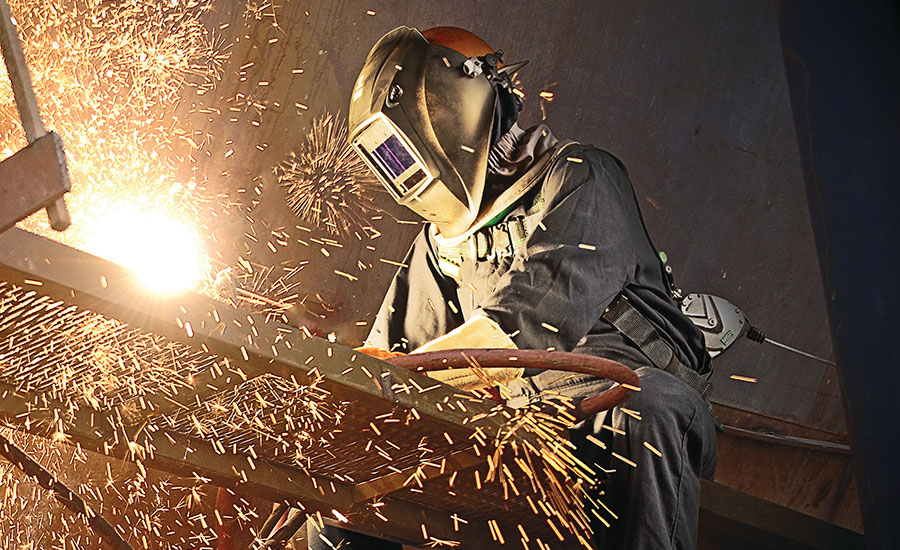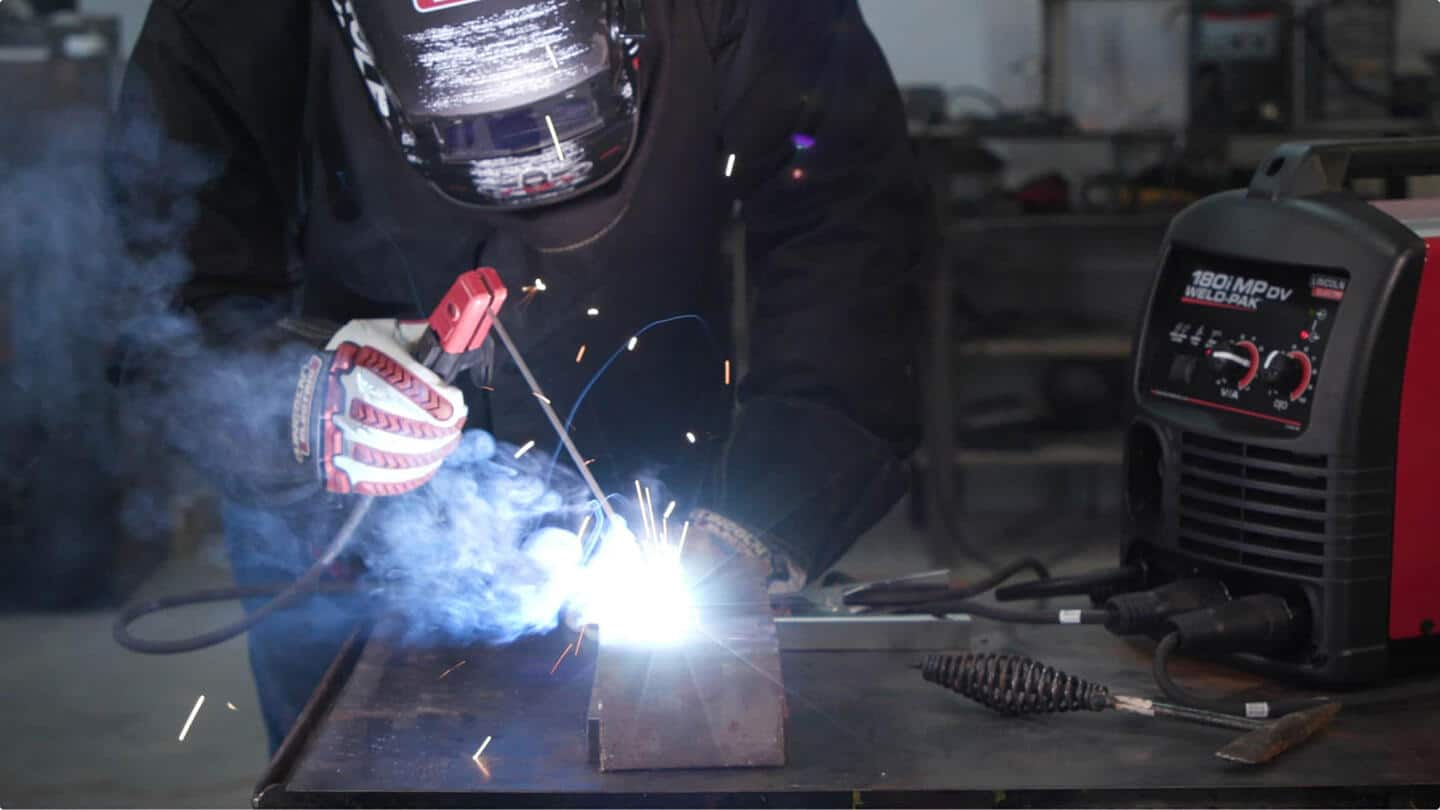Welding WPS: Typical Mistakes to Prevent and How to Correct Them
Welding WPS: Typical Mistakes to Prevent and How to Correct Them
Blog Article
The Ultimate Guide to Welding WPS Procedures: A Comprehensive Introduction for Welders
In the detailed world of welding, Welding Treatment Requirements (WPS) offer as the foundation of making sure high quality, uniformity, and safety and security in welding procedures (welding WPS). As we dive right into the different components of a WPS and check out the ins and outs of certification and accreditation, we will certainly discover the important duty these procedures play in the world of welding.
Significance of WPS Procedures
Comprehending the significance of Welding Treatment Specifications (WPS) treatments is crucial for guaranteeing the top quality and stability of welded frameworks. WPS procedures act as a roadmap for welders, outlining the required actions, parameters, and products required to accomplish a sound weld. By sticking to WPS guidelines, welders can guarantee uniformity in their work, causing structurally sound and trustworthy welds.
Among the primary reasons that WPS treatments are necessary is their role in keeping weld top quality and stability. Following the specified welding specifications and techniques laid out in the WPS assists avoid flaws such as porosity, cracking, or insufficient fusion, which can compromise the stamina and durability of the weld. In addition, WPS treatments are essential for making certain conformity with market standards and codes. By complying with recognized WPS guidelines, welders can demonstrate that their job meets the required needs for security and high quality, offering guarantee to customers, examiners, and regulatory bodies. In significance, the importance of WPS treatments can not be overstated, as they are basic to attaining constant, high-grade welds that fulfill industry criteria and specs.

Elements of a WPS
A Welding Procedure Spec (WPS) typically consists of important parts that detail the specific requirements for performing a weld, ensuring consistency and quality in the welding process. The essential elements of a WPS consist of important variables such as base steels, filler metals, preheat and interpass temperature levels, welding procedures, shielding gases, welding positions, and post-weld heat therapy requirements.
Base steels refer to the materials being signed up with, while filler metals are utilized to fill up the space in between the base steels throughout welding. The welding process details the certain technique to be used, whether it's gas steel arc welding (GMAW), shielded steel arc welding (SMAW), or another approach. Welding placements define the positionings in which welding can be executed.

Certification and Certification
Having established the important parts of a Welding Procedure Spec (WPS), the focus currently shifts towards the essential elements of certification and qualification in welding practices.

Accreditation, on the various other hand, is the official acknowledgment of a welder's qualifications by a relevant accreditation body or company. Welding accreditations are typically based on the certain welding processes, products, and settings a welder is qualified to function with. Holding a legitimate welding qualification shows that a welder fulfills market standards and is experienced to execute welding jobs to the required specs.
Developing a WPS
To establish a Welding Procedure Specification (WPS) that satisfies industry requirements, careful factor to consider of welding processes, materials, and functional parameters is important (welding WPS). The primary step in creating a WPS is to recognize the welding process to be made use of, such as gas steel arc welding (GMAW) or secured metal arc welding (SMAW) As soon as the welding process is established, the next vital aspect is picking the appropriate products, considering aspects like base steel type, density, and joint style. Operational parameters such as welding existing, voltage, traveling rate, and securing gas structure must also be meticulously defined in the WPS.

Applying and Keeping An Eye On WPS
Upon wrapping up the extensive Welding Treatment Specification (WPS) that thoroughly details welding procedures, products, functional parameters, and quality guarantee procedures, the focus shifts to properly implementing and keeping track of the well-known treatments. Application entails ensuring that all welders associated with the job recognize with the WPS and follow it meticulously during the welding procedure. This needs supplying adequate training and supervision to guarantee adherence to the defined procedures. Monitoring the WPS involves constant oversight sites to validate that welding activities straighten with the documented specifications. Evaluations, testing, and high quality control procedures are necessary parts of the surveillance procedure to recognize any type of inconsistencies or problems without delay. Regular audits and reviews of the welding procedures aid in preserving consistency and top quality throughout the project. Effective implementation and surveillance of the WPS are essential for ensuring the honesty, toughness, and security of the welded joints, ultimately contributing to the total success of the welding job.
Conclusion
Finally, understanding and adhering to Welding Procedure Specifications (WPS) is vital for welders to ensure high quality, consistency, and security in their job. By understanding the parts of a WPS, getting proper qualifications and Source certifications, creating in-depth procedures, and executing and checking them efficiently, welders can boost their skills and effectiveness in welding techniques. Following WPS treatments is essential for producing top quality welds and conference sector criteria.
In the detailed link globe of welding, Welding Procedure Requirements (WPS) serve as the backbone of making sure high quality, consistency, and safety in welding operations. The welding procedure outlines the specific strategy to be made use of, whether it's gas steel arc welding (GMAW), shielded steel arc welding (SMAW), or an additional approach.To establish a Welding Treatment Specification (WPS) that fulfills market requirements, careful factor to consider of welding processes, materials, and operational specifications is crucial. The first step in producing a WPS is to recognize the welding procedure to be used, such as gas metal arc welding (GMAW) or secured metal arc welding (SMAW)Upon wrapping up the comprehensive Welding Procedure Specification (WPS) that diligently details welding procedures, products, functional specifications, and high quality guarantee steps, the emphasis shifts to successfully executing and keeping track of the well established procedures.
Report this page